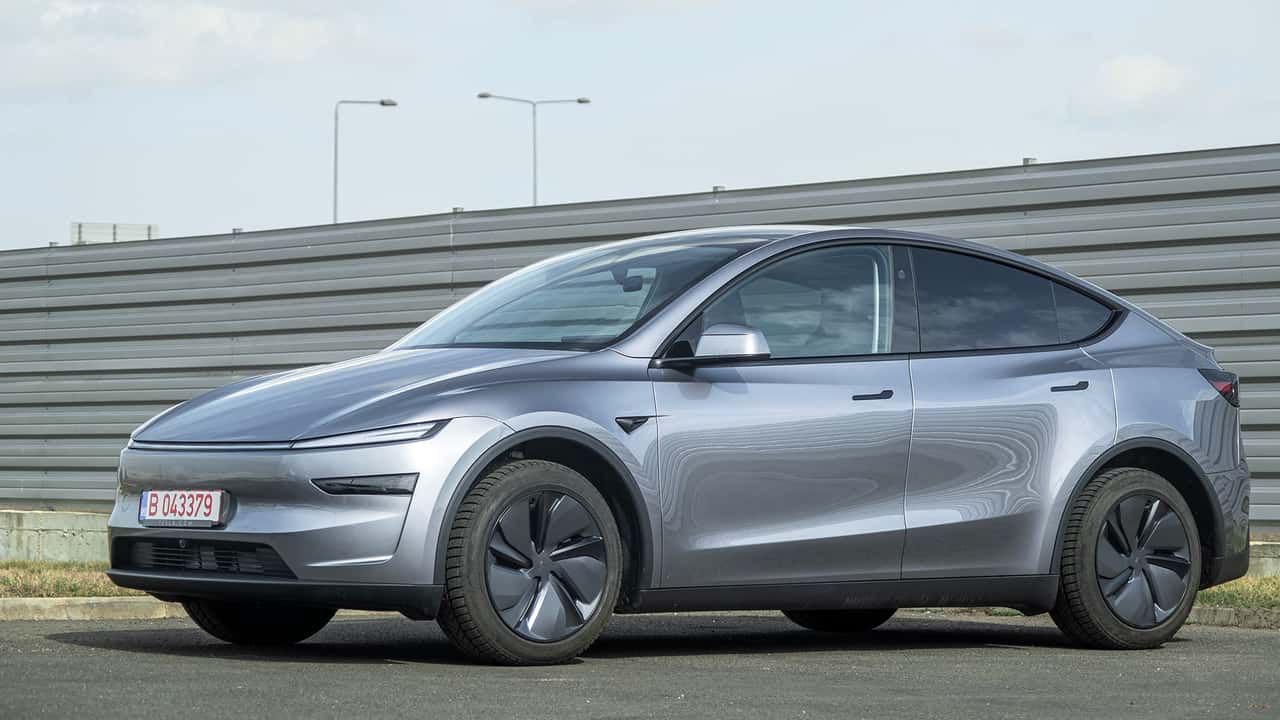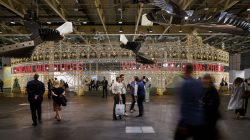Electric vehicle sales have increased across Europe. However, why has Tesla experienced a decline of almost 50%?
Tesla is being hammered. Fried. Damaged. Annihilated. Pick whichever term fits best, but the outcome remains unchanged: The firm’s operations in Europe are falling apart.
It’s not an overstatement. Last month saw sales plummet by 49% across Europe, as reported by the European Automobile Manufacturers’ Association (ACEA). Also, this decline shouldn’t be attributed to a lull in electric vehicle purchases.
Electric vehicles are experiencing significant growth in Europe.
Sales rose by 27.8% in April, reaching a total of 184,685 units sold throughout the European Union (EU), European Free Trade Association (EFTA) member states, and the United Kingdom.

Last year, the Model Y was the top-selling car globally. One would anticipate a refreshed, enhanced version to spark massive sales growth. However, sales are plummeting instead.
Electric vehicles made up 15.3% of the newly registered cars in those regions, setting a record for this month of April. This serves as a stark reminder that, despite the U.S.’s indecisive approach to electric vehicle policies,
Many other markets are progressing rapidly.
Currently, they are achieving this with reduced dependence on Tesla. The company formerly led by Elon Musk was once dominant in electric vehicle sales; however, growing competition has changed the landscape.
boss’s political meddling
has turned out to be a harmful mix. Despite being the top seller of electric vehicles in the United States, Tesla is facing difficulties in this market as well. European customers have rapidly moved away from the brand, and Chinese consumers are now opting against Teslas in favor of other options.
home-grown brands.
It remains unclear whether Tesla has found a way around this issue. Although the company was counting on an updated version of the Model Y as their main hope, this approach evidently failed. Initially, Musk attributed the drop in sales to production halts when transitioning between manufacturing older versions of the Model Y and newer models. However, with current stockpiles replenished and operations back to normal at their facilities for quite some time now, this explanation doesn’t hold much weight anymore; thus, it seems the revamped Model Y hasn’t made significant progress either.
This indicates that any expansion we observe from Tesla will need to stem from either reducing prices further or introducing new vehicle models. The firm has already decreased its prices several times over the past few years, which leaves limited space for additional reductions. Moreover, with
US tax incentives at risk of being cut
In its domestic market, Tesla’s products are set to become approximately $7,500 pricier soon. Simply adjusting for this shift could cut into Tesla’s profit margins, not to mention the additional expenses due to higher tariffs on automotive components increasing overall production costs.
New products appear to be a more promising solution, yet I doubt they can substantially change the current trajectory. Elon Musk has frequently stated that
The worth of Tesla lies in artificial intelligence.
, not in automobile production, and his unyielding emphasis on achieving full self-driving capability has consumed much of the company’s resources. The products are outdated; the Model S was first released in 2012, followed by the Model 3 in 2017. Despite some updates, these models can no longer be considered top-tier electric vehicles. Their only genuinely new offering is
The Cybertruck has been a failure.
And its subsequent three offerings appear to be somewhat enhanced versions of the current product.
Model Y
, a
Cybercab featuring just two seats
and ultimately, extensive production of the
Semi
.
It appears that the risk lies in the potential of genuine self-driving technology to redefine the appeal of these cars. A less opulent and dull Model Y does not seem enticing to me. However, if you manage to produce a self-driving vehicle capable of accommodating numerous passengers and cargo with a range of 300 miles per charge at around $35,000, then it could be successful.
The issue at hand is that running a self-driving car business hinges primarily on one factor:Trust. Customers must believe that firms providing autonomous vehicle technologies have thoroughly ensured their safety. Following years of treating the general populace as test subjects and subsequently spending a year publicly disregarding all regulations, I am uncertain whether Elon Musk retains his ability to instill this necessary confidence in potential customers.
Nevertheless, it could still be his last resort. Given how European sales have plummeted, now is not the time to remain tranquil and soldier on. Tesla has turned into a problematic brand across numerous markets, and its offerings no longer generate the same level of excitement as before.
The firm requires a fresh start.
However, it might not receive one anytime soon.
.
Contact the author:
[email protected]
.
Related Stories
- A Key Supporter of Tesla Believes It Cannot Compete with Xiaomi
- Tesla Was Recently Outperformed by BYD in a Key Market
- Tesla Is Currently Testing an Enhanced Version of the Model S Plaid. At This Point, It Appears UnchangedExternally.
- Tesla Vowed to Introduce Charging Robots a Decade Ago. Hyundai Has Now Made It Happen.
- Tesla Acknowledges FSD Lags About Two Years Behind Waymo
- Elon Musk Suggests Significant Recovery Following Sluggish Tesla Sales







